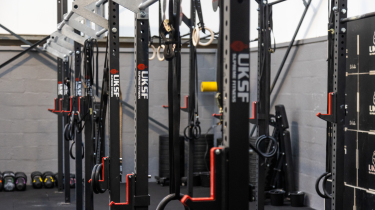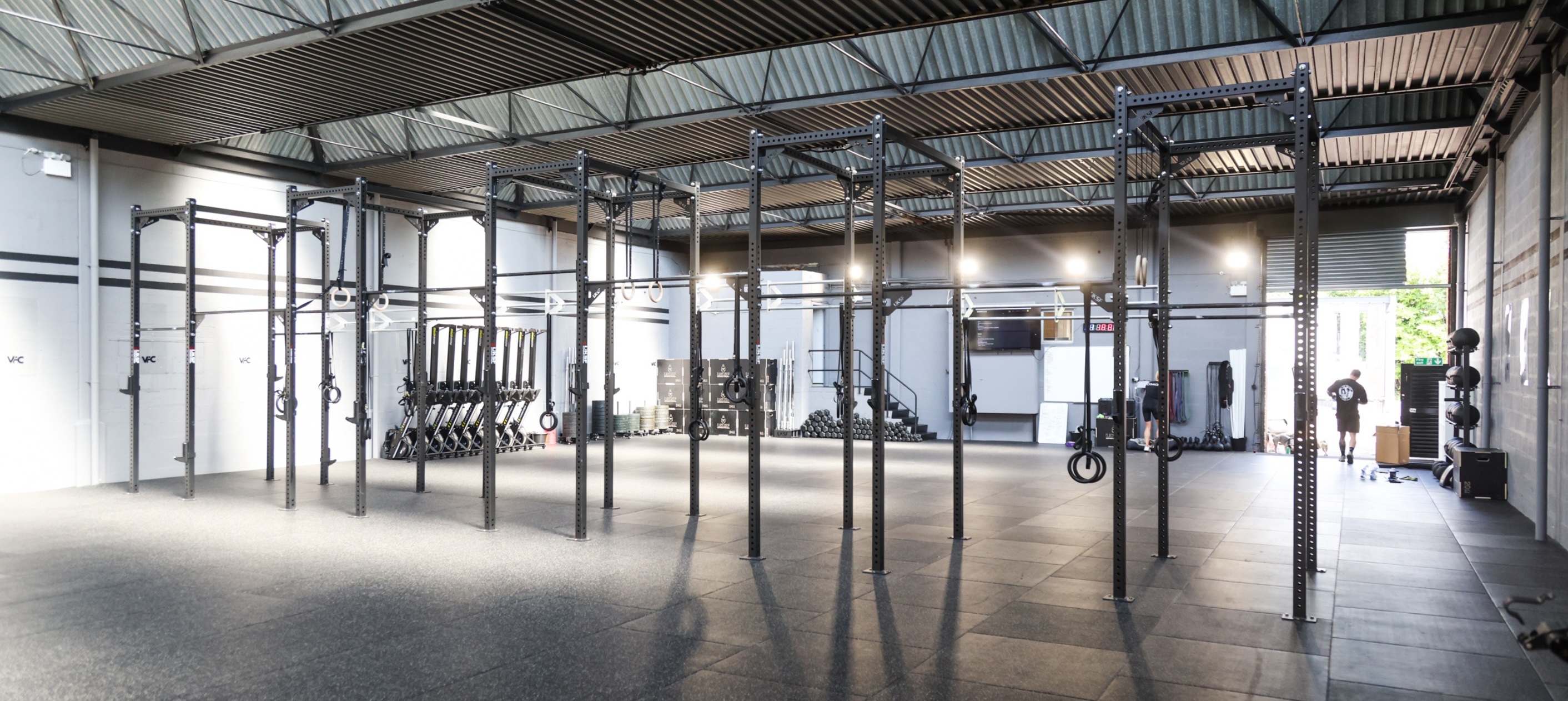
How to Set Up a CrossFit Gym: A Step-by-Step Guide
CrossFit gyms—often called boxes—have surged in popularity over the past decade, offering a high-intensity, community-driven approach to fitness. If you're looking to open your own CrossFit gym, careful planning and the right equipment choices are essential for success. Here’s a step-by-step guide to help you set up a functional and effective CrossFit gym.

Step 1: Define Your Vision and Business Plan
Before diving into the logistics, establish a clear vision for your gym. Consider:
-
Your target market (general fitness enthusiasts, competitive athletes, corporate clients, etc.)
-
Membership pricing and structure
-
Potential location options
-
Gym layout and space requirements
-
Initial budget and ongoing expenses
A solid business plan will guide your decisions and help secure financing if needed.
Step 2: Choose the Right Location
The ideal CrossFit gym requires ample space for dynamic movements like Olympic lifting, gymnastics, and plyometrics. When selecting a location, consider:
-
High ceilings (preferably 3m+ to accommodate rope climbs and rigs)
-
Open floor space for varied workouts
-
Good ventilation and lighting
-
Accessibility and parking for members
-
Noise considerations, especially in urban areas

Step 3: Plan Your Gym Layout
Efficient space utilisation is crucial for a CrossFit gym. Consider the following layout elements:
-
Warm-up and mobility area: Space for stretching, foam rolling, and movement prep.
-
Rig and rack placement: Wall-mounted rigs save space, while freestanding rigs offer versatility.
-
Lifting platforms: Dedicated areas for Olympic lifting with rubber flooring.
-
Conditioning zone: Room for rowing machines, ski ergs, and assault bikes.
-
Functional fitness zone: Space for kettlebells, medicine balls, and plyometric boxes.
-
Storage solutions: Wall-mounted racks, shelving, and storage bins for easy organisation.
Step 4: Invest in Essential CrossFit Equipment
CrossFit training is varied, requiring a diverse range of equipment. Here are the must-haves:
Strength Training Equipment:
-
Barbells (Olympic weightlifting bars, power bars)
-
Bumper plates (rubber-coated for durability and noise reduction)
-
Squat racks and rigs (wall-mounted or freestanding options)
-
Dumbbells (rubber or urethane-coated for longevity)
-
Kettlebells (various weights for different exercises)
Gymnastics & Bodyweight Training:
-
Pull-up bars (integrated into rigs or wall-mounted)
-
Gymnastic rings (wooden for a better grip)
-
Parallettes (for bodyweight drills)
-
Plyometric boxes (wooden or soft foam for box jumps)
Conditioning Equipment:
-
Rowing machines (Concept2 or similar air rowers)
-
Assault bikes (air resistance bikes for high-intensity intervals)
-
Ski ergs (for upper-body endurance training)
-
Battle ropes (various thicknesses for strength endurance)
Flooring and Safety Gear:
-
Rubber gym flooring (protects equipment and absorbs impact)
-
Crash pads (for weightlifting drops and handstand work)
-
Chalk stations (for grip assistance)
Step 5: Create a Community-Focused Atmosphere
CrossFit thrives on a sense of community. To build a strong gym culture:
-
Organise social events, challenges, and competitions.
-
Hire passionate and knowledgeable coaches.
-
Foster an inclusive environment where all fitness levels feel welcome.
-
Encourage accountability and motivation through tracking workouts.

Step 6: Market Your Gym and Attract Members
To grow your CrossFit gym, focus on effective marketing strategies:
-
Establish a strong online presence with a website and social media.
-
Offer free trial sessions or introductory classes.
-
Partner with local businesses to increase visibility.
-
Collect testimonials and success stories from members.
Step 7: Maintain and Upgrade Equipment Over Time
Investing in high-quality equipment from the outset reduces long-term costs. However, regular maintenance ensures longevity. Inspect and clean equipment frequently, replacing worn-out items when needed. As your gym grows, expand your offerings with additional equipment and recovery tools.
Final Thoughts
Setting up a CrossFit gym requires careful planning, smart investment in equipment, and a commitment to building a strong community. With UKSF's premium gym equipment and expertise in facility installations, we can help you create a space that stands out in the competitive fitness industry. Whether you're starting from scratch or upgrading your existing setup, get in touch with us to discuss your needs and take your CrossFit gym to the next level.
Looking for top-quality CrossFit equipment? Contact UKSF today!
